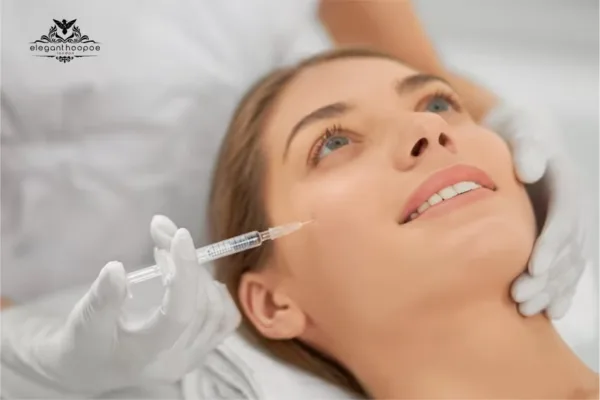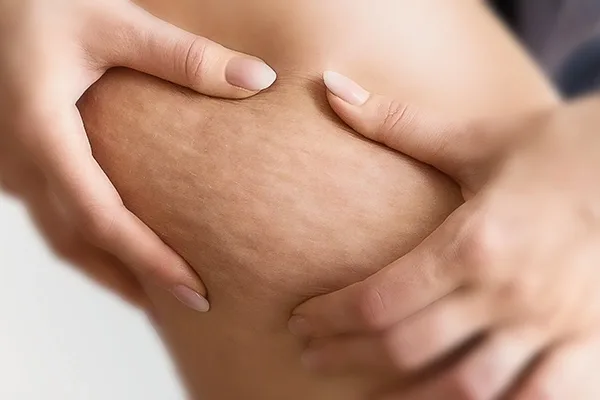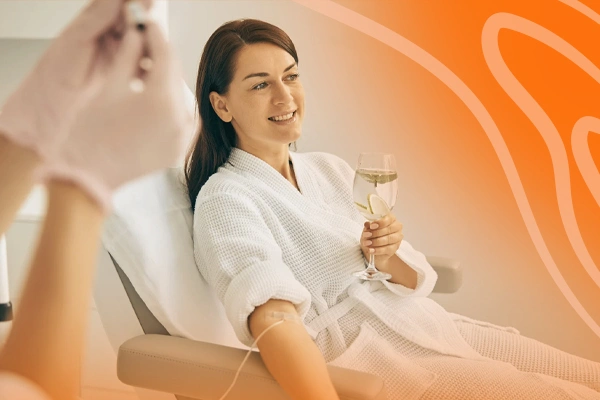Is IV Hydration Right for You? Benefits, Uses & Safety
IV hydration rapidly replenishes fluids and electrolytes, making it a powerful solution for dehydration. It hydrates 2.5 times faster than water and is often used for:
- Severe dehydration (fatigue, headaches, dry mouth)
- Athletic recovery (especially in high-altitude training)
- Heat exhaustion or heat stroke
While IV hydration is effective, most healthy individuals can meet hydration needs through regular water intake. If dehydration is a concern, consult a healthcare professional to determine if IV hydration is right for you.
In modern times, intravenous treatments – the passing of fluid through the vein and into the bloodstream – have spurned countless IV boutiques and drip bars around the world. In this article, we consider two procedures at the forefront of this expansion, IV hydration vs IV therapy, highlighting their differences, methods of administration, and safety risks.
Are IV hydration and IV therapy the same?
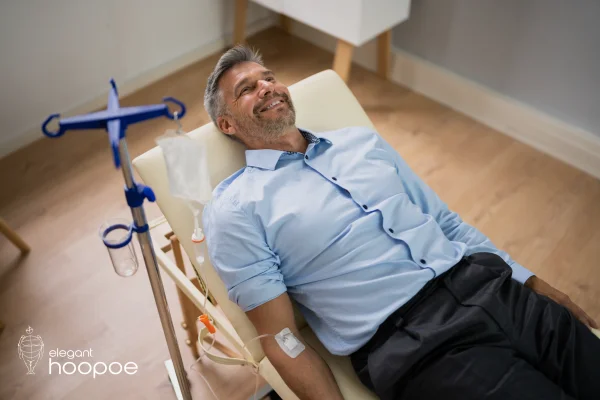
IV therapy and IV hydration are often used interchangeably, and the lines can become blurred to those outside expert circles. In both methods, fluids are delivered to the body through the vein via injections and, more commonly, infusions. Both methods are wellness routines and the equipment used is essentially the same.
Moreover, the delivery is rapid and precise in both cases (as is necessary when health is at stake). The difference lies in abstract terms that are not apparent to an untrained eye: the nature of the fluid material and the primary purpose for its administration.
You may also like to know about IV therapy for Allergy
What is IV hydration?
The primary purpose of IV hydration – as the name implies – is to hydrate the body and not necessarily to cover nutrient deficiencies. Commonly seen in hospitals, the main ingredient is a bag of saline or sodium chloride solution that is specially designed to prevent or hasten recovery from dehydration.
It hydrates the body 2.5 times faster than water and is a potent treatment for severe dehydration, where several sips of water will not get the job done. IV hydration can also treat electrolyte imbalances and certain conditions where dehydration is the root cause or main causative factor.
Dehydration causes fatigue, dry mouth, headaches, and, if prolonged, organ damage. And the proper hydration that IV hydration provides does not just satiate internal thirst but also helps to regulate the body temperature, transport important nutrients, and power internal detoxification pathways.
IV hydration is commonly used by athletes who train intensely in high-altitude conditions. It can also be used to facilitate recovery from heat exhaustion or heat stroke.
What is IV therapy?
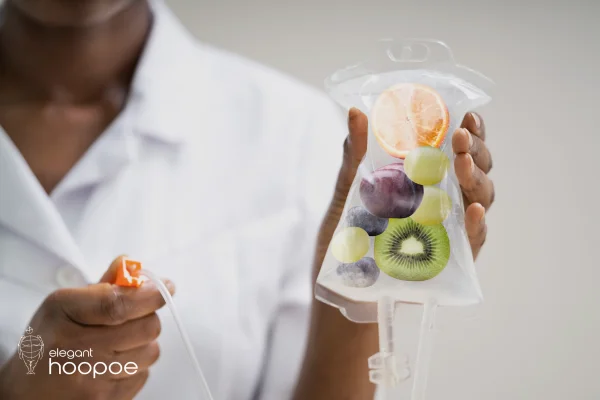
IV therapy, also referred to as nutrition IV therapy, is an intravenous ‘feeding’ technique primarily designed to provide nutrients (vitamins, minerals, antioxidants) that enhance general wellness or physical appearance. The drip contents extend beyond saline and are customized to a patient’s nutritional profile to mend gaps in nutritional deficiencies. As the nutrients are introduced directly into the bloodstream, they bypass the digestive system leading to immediate bioavailability and near-maximum absorption (up to 40% more than oral nutrition).
It is a suitable feeding alternative for patients who have gastrointestinal conditions, have recently undergone surgery along the digestive tract, or cannot feed owing to extreme weakness/ incapacitation. And what’s more, IV therapy also has hydration benefits!
Its aesthetic applications – the focus of many boutiques and drip bars – extend to anti-aging, weight loss, beauty, skincare, etc.
How are IV hydration and IV therapy treatments administered?
Both treatments are typically administered by IV infusions, and the major equipment required is a pump, a drip bag or bottle, and a catheter. The process is relatively straightforward. The catheter is inserted into a vein at the determined injection site (often the arms and wrist) and then connected via tubes to a drip bag that contains the fluid.
The drip bag is elevated to allow gravity to transport the fluid through the tube and into the bloodstream. The flow rate of the fluid may be regulated using a clamp at the tubing of the IV apparatus or an electric pump.
Related article: Risks of IV Nutrition Therapy
Are IV treatments safe?

IV treatments are generally safe when performed in hospitals or by certified medical practitioners. However, as with any medical intervention, no matter how non-invasive, there are procedural risks that you must be aware of. IV infusions (both therapy and hydration) can cause side effects like muscle stiffness, skin irritation at the injection site, and dizziness, amongst others.
The nature, composition, and dosage of the IV fluid may also cause serious additional risks which include:
- Air embolisms
- Electrolyte imbalance or nutrient overdose
- Volume overload
- The triggering of toxic reactions, amid underlying medical conditions or medications
Final takeaways: IV Therapy vs IV Hydration
It’s worth pointing out that IV therapy, contrary to celebrity-fuelled trends, is not a replacement for healthy eating and lifestyle and should not be used as such. The body’s physiological fluid mixture is so complex that introducing a ‘wrong’ fluid can easily offset this delicate balance. Besides, in most cases, a standard skincare routine, exercise, and expertly tailored diet programs can proactively (and naturally) provide the aesthetic benefits of IV therapy.
As for IV hydration, unless you have a medical condition or necessity that dictates otherwise, several sips of water are sufficient for your hydrating requirements.
The reality is that a healthy person can absorb essential vitamins and hydration from their diet and, under normal conditions, will likely not need IV infusions. And unless you aren’t healthy, you probably wouldn’t need it either.
See also: home IV therapy

Why Elegant Hoopoe?
Elegant Hoopoe is a health and aesthetics center in Dubai specializing in non-invasive fat reduction, muscle building, skin appearance, and more. The company also has an IV Therapy Clinic in Dubai stocked with ultra-quality solutions sourced directly from the US and administered by experts in the field.




